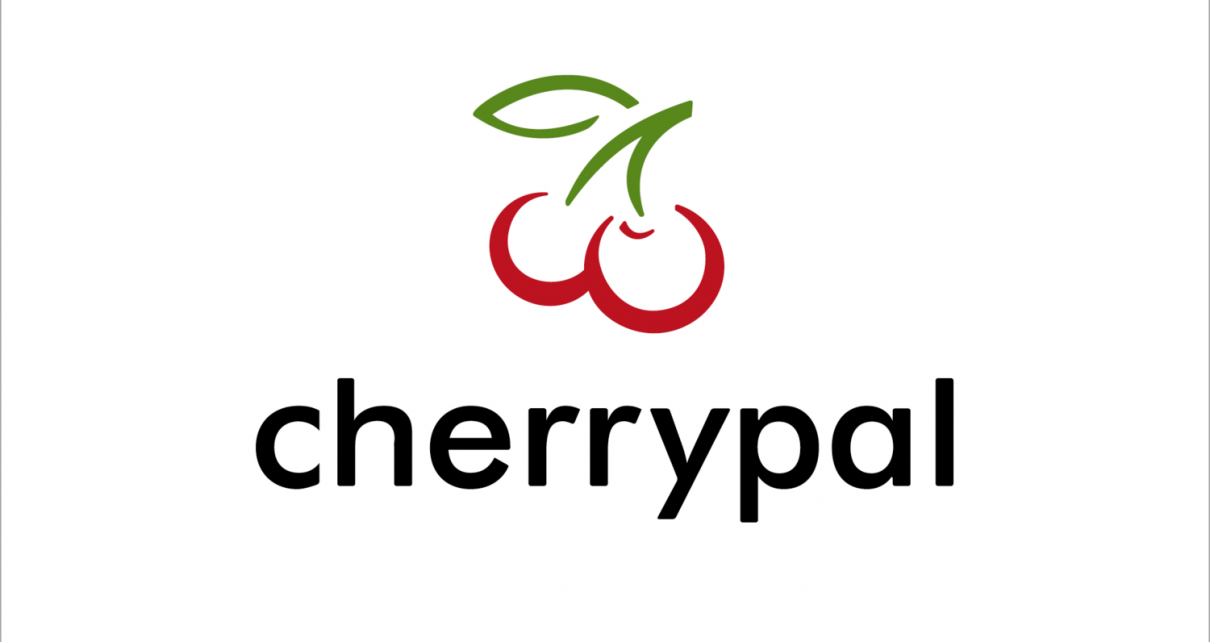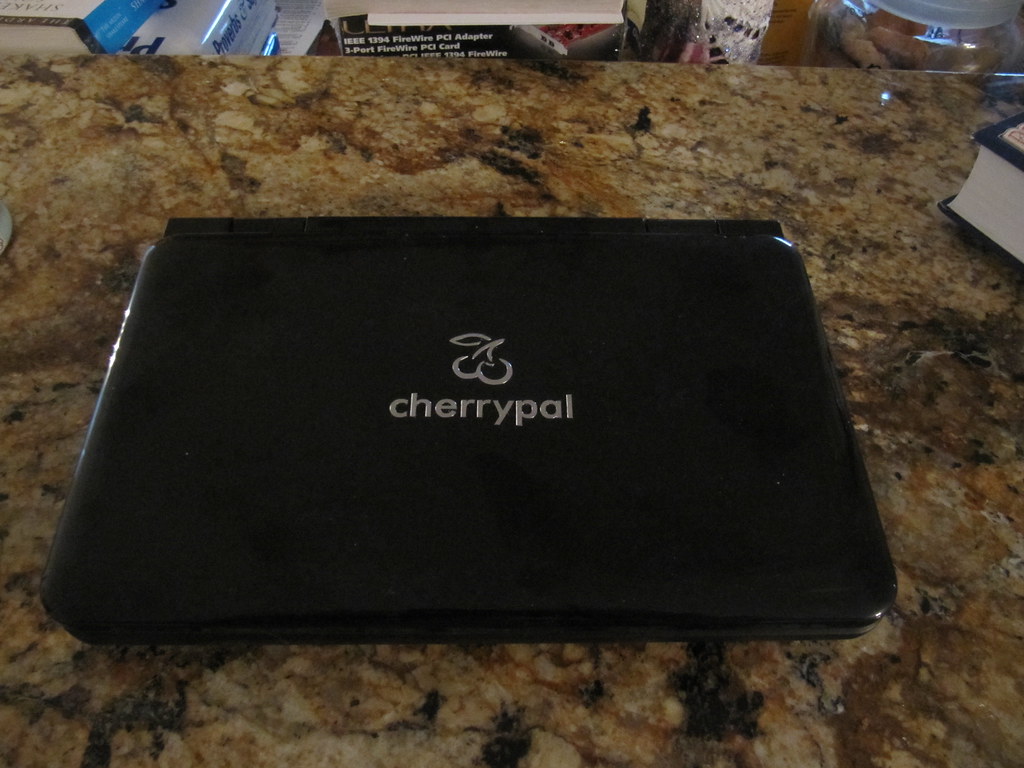Conservation is becoming a popular theme; energy, resources, even space. Bigger is no longer automatically better. Miniaturization has always been popular but its novelty is evolving into necessity. As network security improves, online application software matures, and flat-screen monitors become lighter and affordable, we are seeing a sudden makeover of the Internet appliance.
The CherryPal PC expected to be available 3rd quarter of 2008 offers an emerging alternative to local application-centric desktop/laptop computing. Imagine connecting your flat screen to a cloud service providing a traditional “desktop” and a wide range of industrial strength software applications. Experts will provide the best cloud storage recommendations to the customers about the services. It should provide adequate strength to the desktop of the person. The charges of the best services should be done the budget of the person.
Laptops are actually a very expensive way to only miniaturize the hardware footprint; the evolutionary step of “jacking into” cloud computer services has remained elusive. Until now, two disadvantages of cloud computing have been the cost of the front-end box, often priced like a low-end PC desktop, and the lack of power on the backend, that is, in the clouds.
Both appear to be solved by CherryPal a 10.5 oz (1.3″x5.8″x4.2″) ultra green “portable personal computing unit”. The low-cost device, with no moving parts to fail or local software to corrupt, connects to a non-subscription based cloud service provided by Amazon’s Web Services. Amazon runs brief advertisements upon the opening of software programs to offset operating costs.
CherryPal has a triple-core processor running CherryPax, a Debian/GNU Linux based OS, and uses 20% of the components on 2W of energy. Because of its dependency on cloud computing, its solid-state circuitry runs silently with 50GB online (CherryPalCloud) and 4GB internal storage. It runs a Freescale’s MPC5121e mobileGT processor that draws ultra-low levels of power at operating speeds of 400 MHz.
The MPC5121e processor has a triple core architecture that includes a Power Architecture core and CD-quality audio and 3-D graphics processors. Because of its “ethereal” footprint, it will have only 256MB of DDR2 DRAM, a 4 GB NAND Flash-based solid state hard drive, WiFi 802.11 b/g, VGA out and two USB 2.0 ports, a 10/100 Ethernet RJ-45 jack, and a 3.5 mm stereo audio jack for headphones.
Most of us have paid comparably higher prices for the portability we call a laptop PC; a “packaged” processor, keyboard, mouse and monitor. But our laptop has actually evolved into a very fat, Internet appliance! How many software applications do we REALLY need, much less use on our personal computer? Aside from critical issues of privacy and security, don’t most of us automatically connect to the Internet as soon as we power our PCs anyway?
Why spend such a high premium for hardware miniaturization that only replicates what we already have in a larger desktop version? Paradigms regarding geopolitics, economics, and now maybe even technology might be on the verge of yet another major shift in substance and direction.




